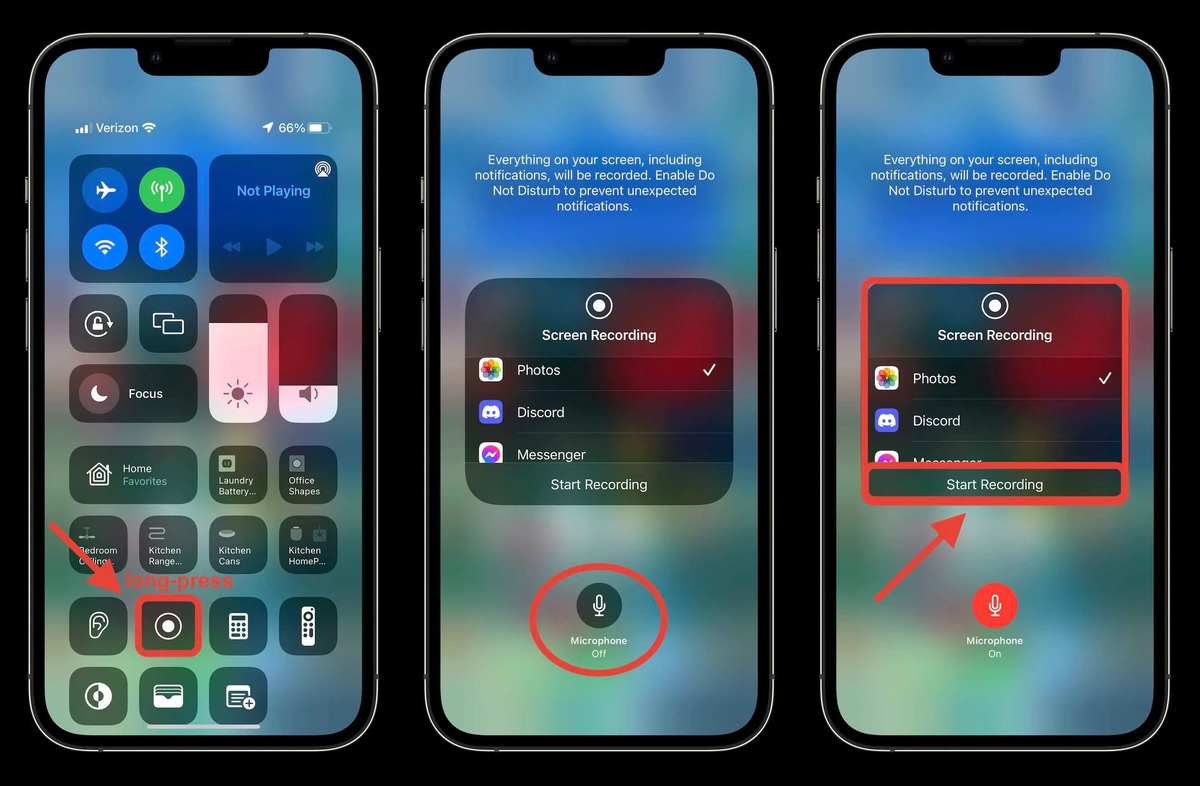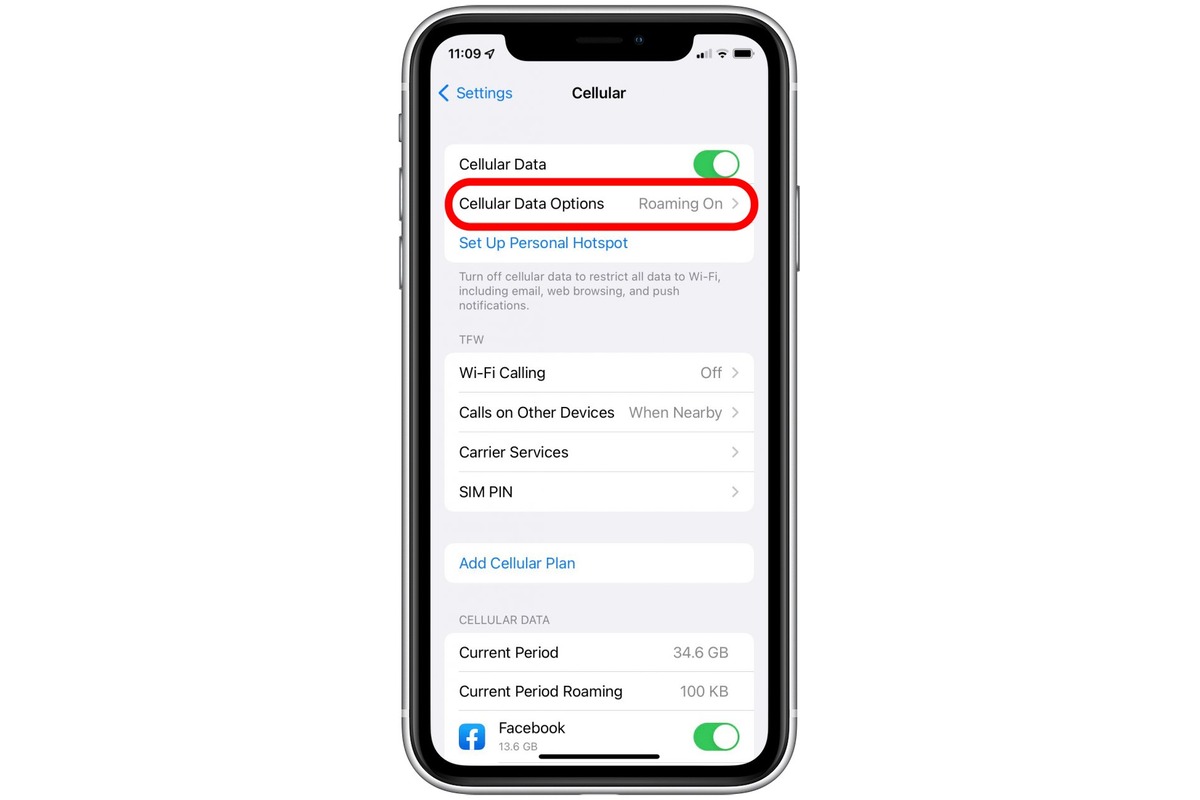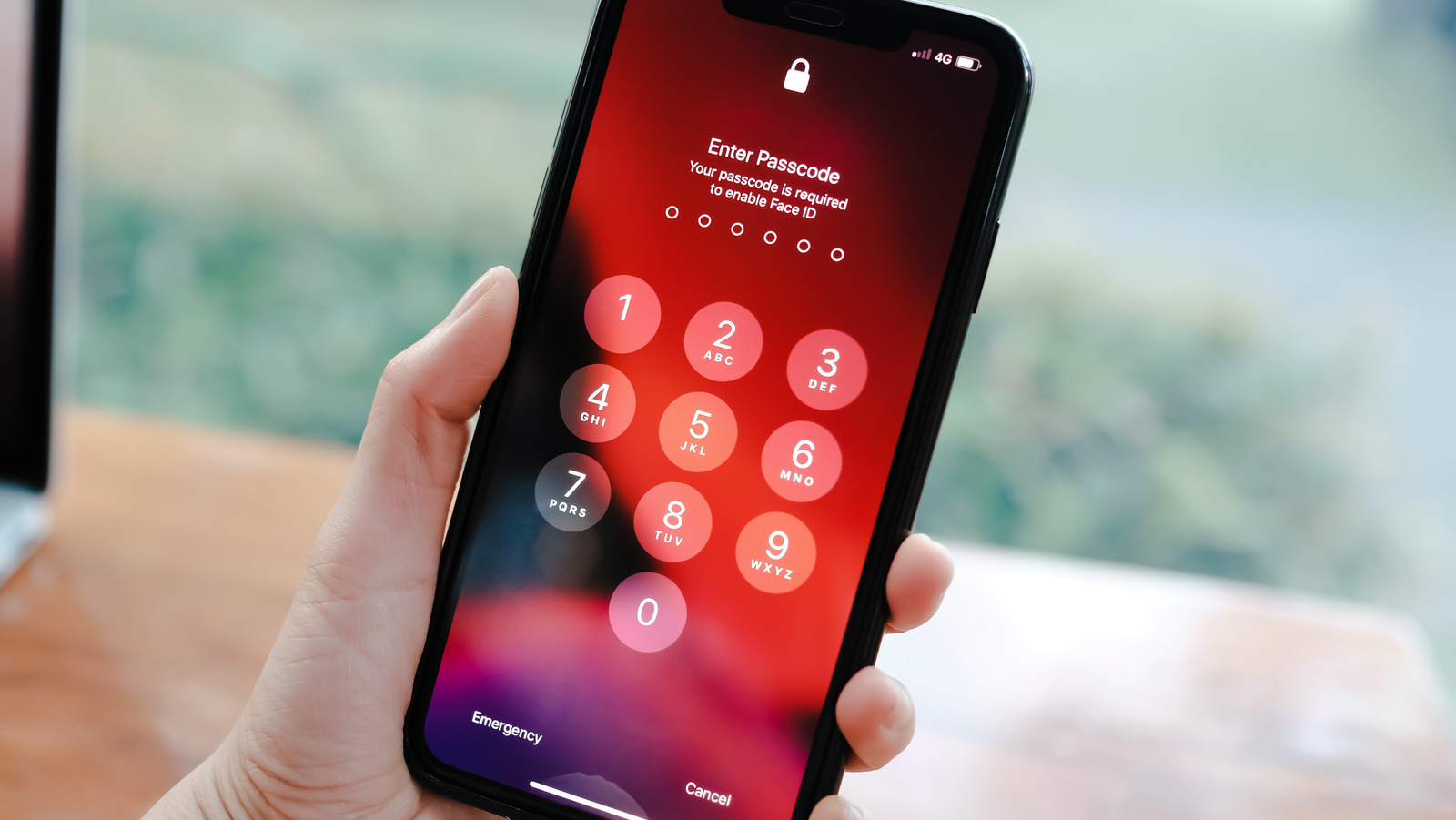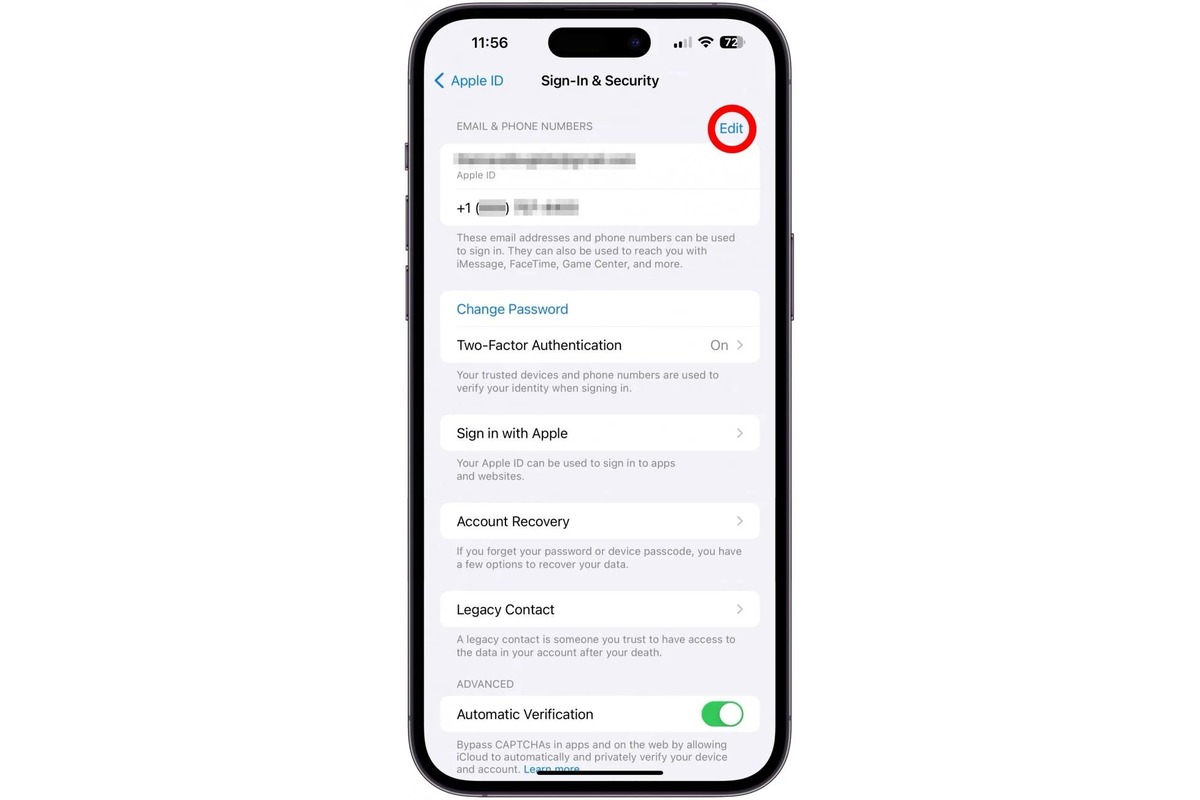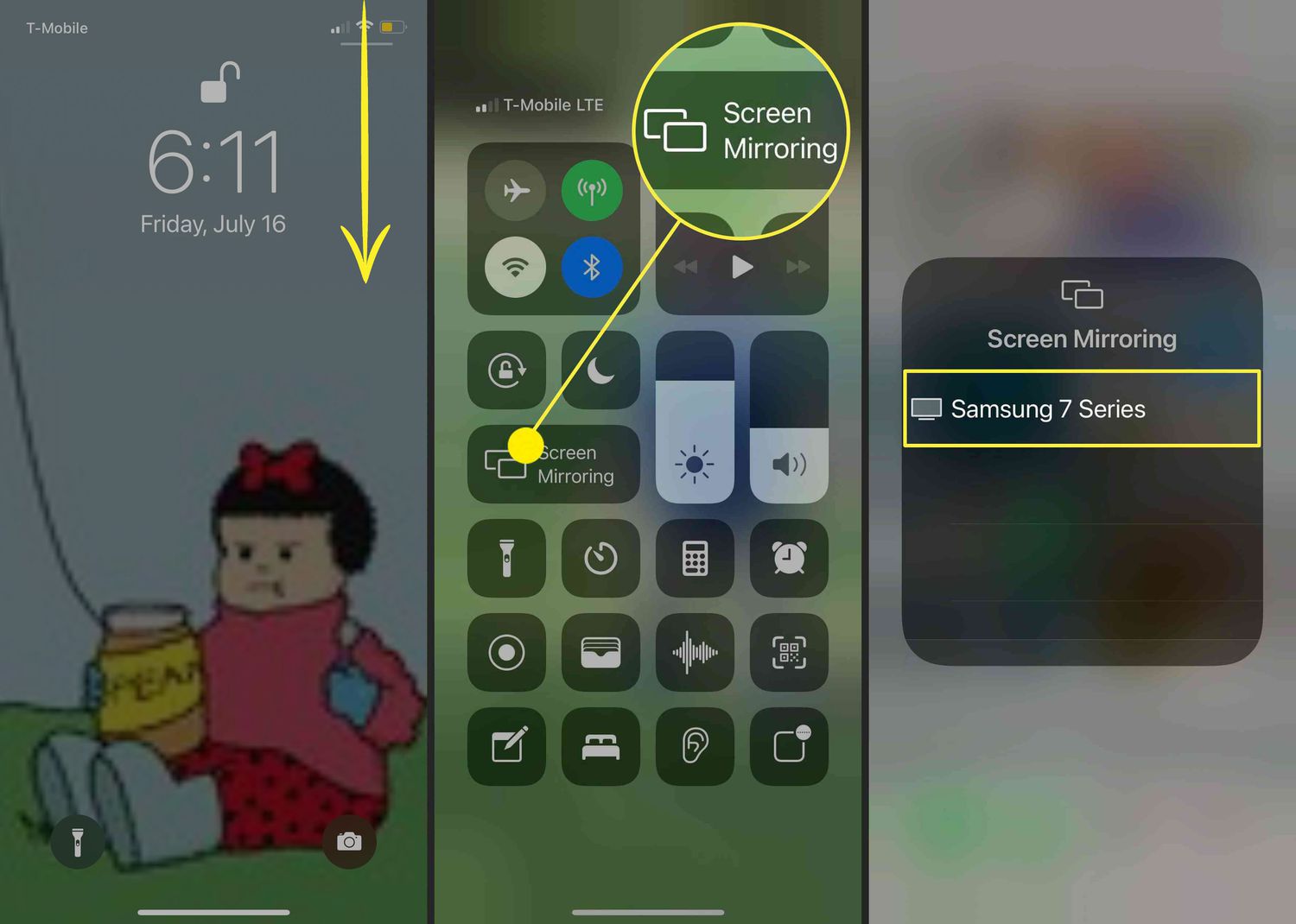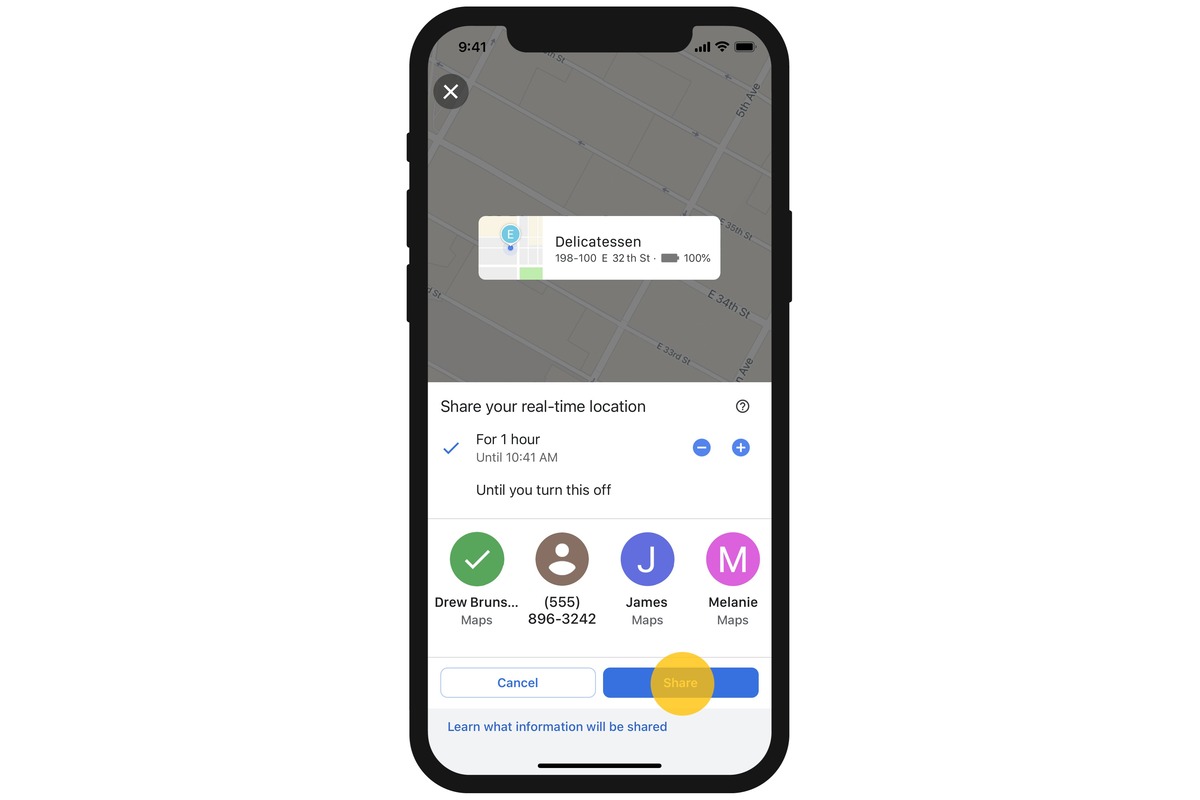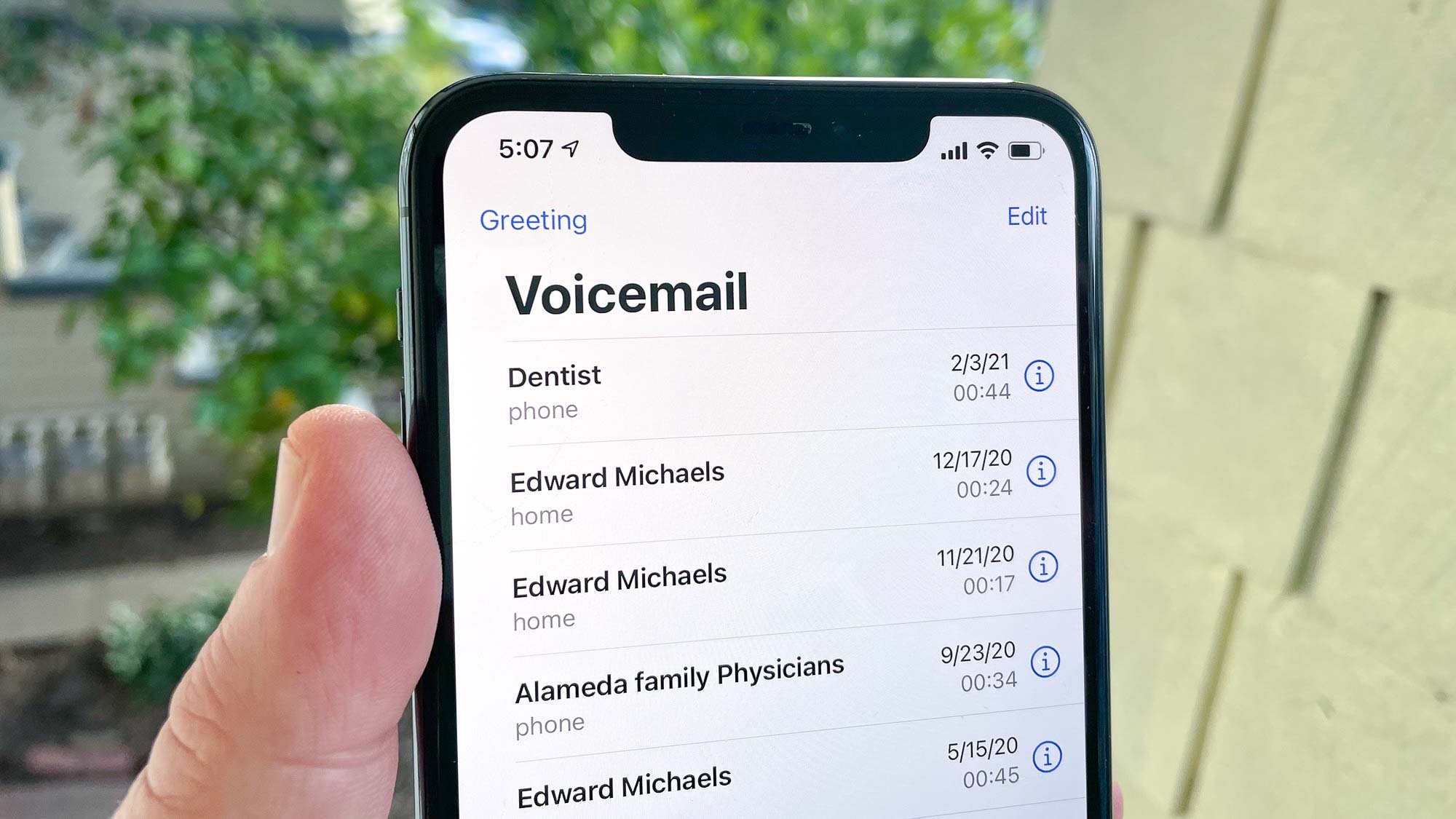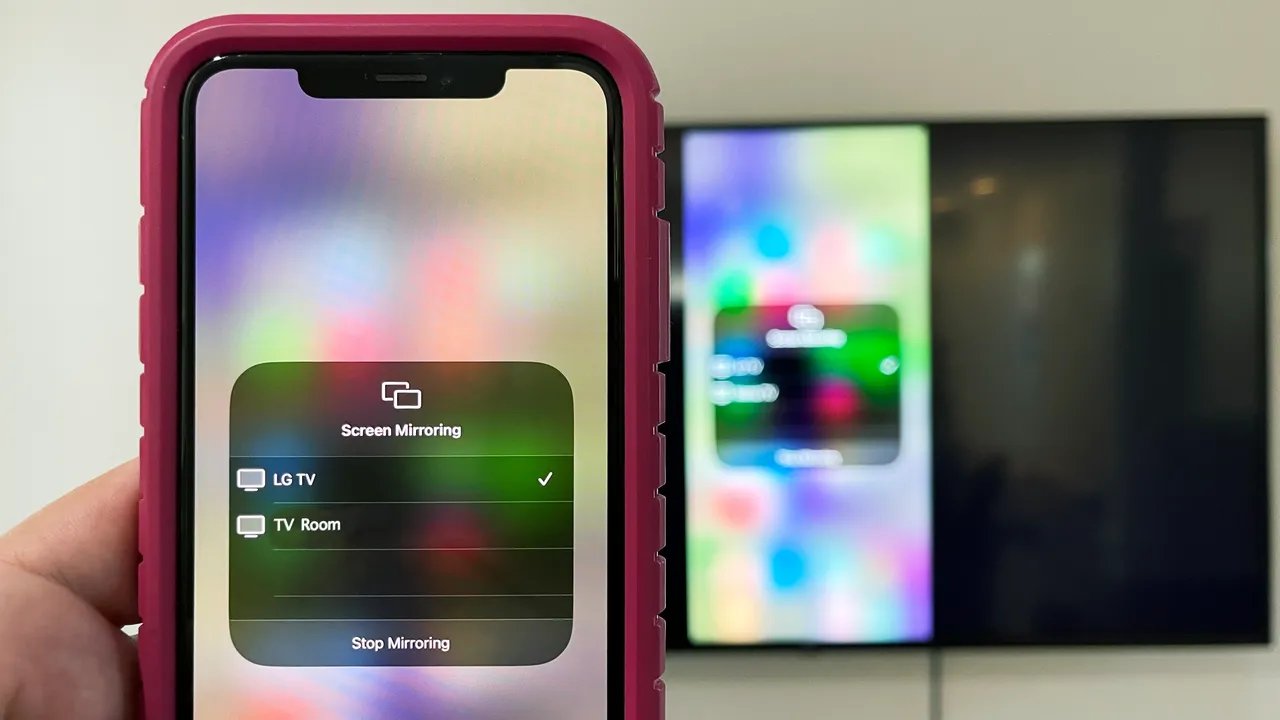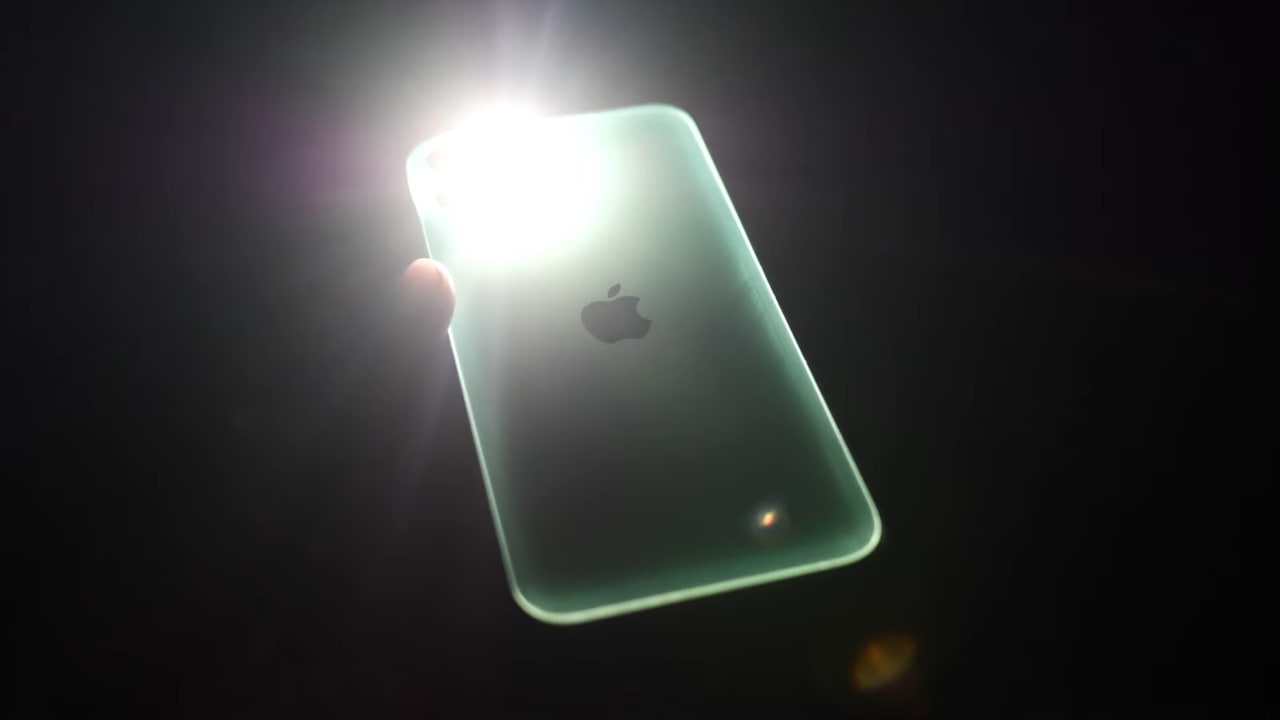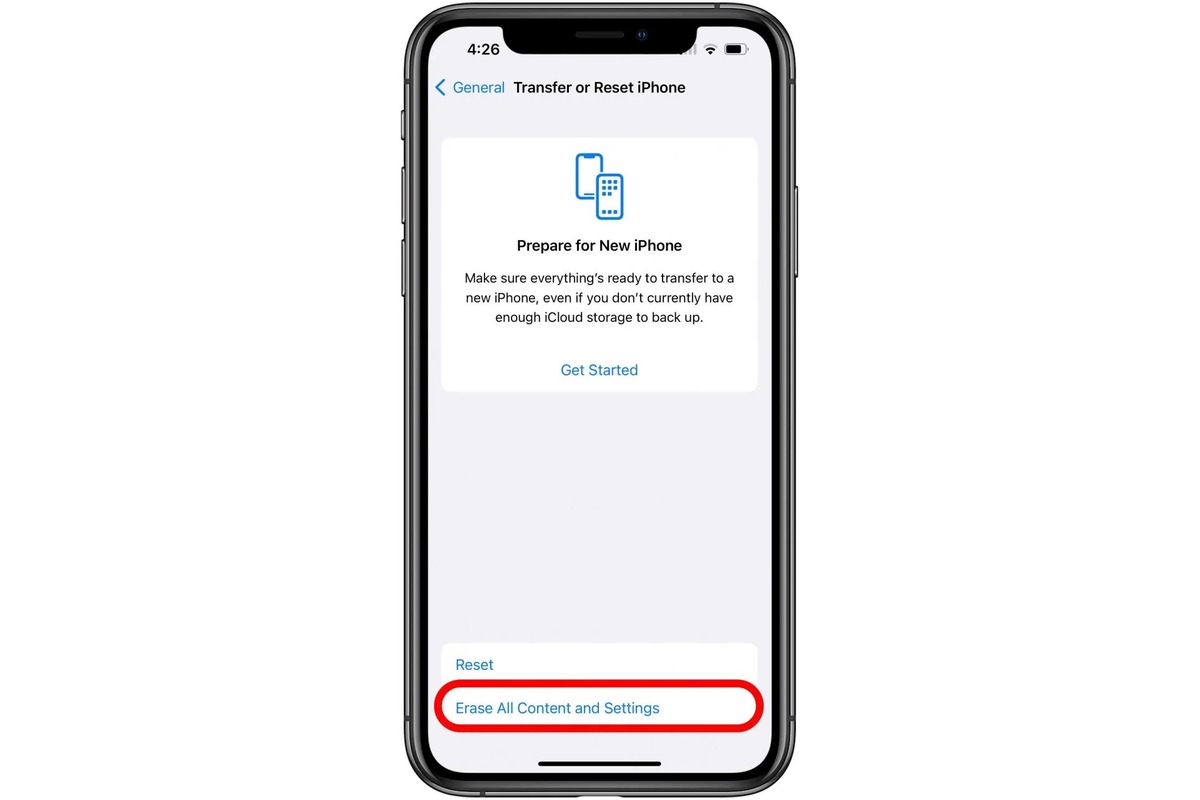Home>Technology and Computers>How To Use Haptics On Your IPhone
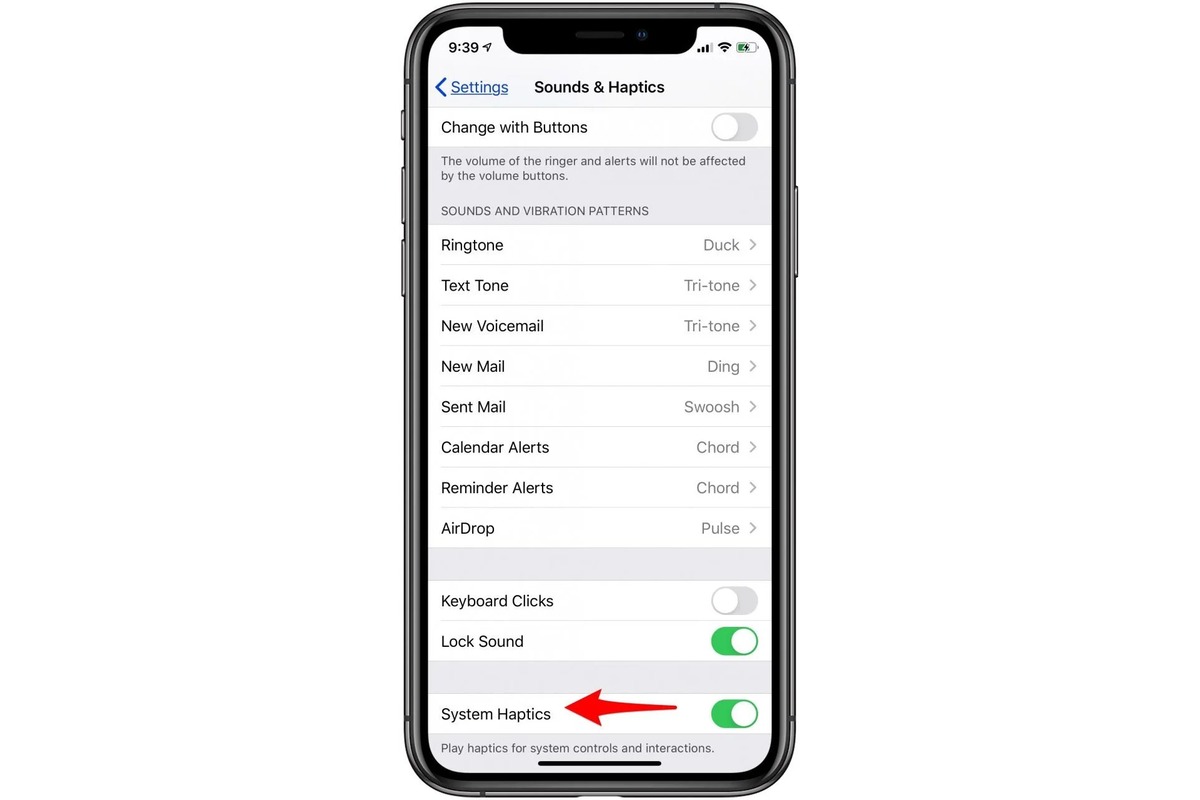

Technology and Computers
How To Use Haptics On Your IPhone
Published: March 5, 2024
Discover how to enhance your iPhone experience with haptic technology. Learn how to use haptics for a more immersive and tactile interaction with your device. Explore the latest in technology and computers.
(Many of the links in this article redirect to a specific reviewed product. Your purchase of these products through affiliate links helps to generate commission for Noodls.com, at no extra cost. Learn more)
Table of Contents
Introduction
Haptic technology has revolutionized the way we interact with our devices, adding a tactile dimension to the digital experience. With the advent of smartphones, haptics have become an integral part of user interface design, offering users a more immersive and intuitive interaction with their devices. In this article, we will explore the world of haptics, focusing on how iPhone users can leverage this technology to enhance their overall user experience.
The term "haptics" refers to the use of tactile feedback to communicate information to users. Unlike traditional touchscreens, which rely solely on visual and auditory cues, haptic feedback provides a physical response to user input, simulating the sensation of touch. This technology has opened up new possibilities for creating more engaging and intuitive user interfaces across various digital platforms.
In the context of the iPhone, haptics play a crucial role in enriching the user experience. Whether it's feeling a subtle vibration when typing on the keyboard or experiencing a gentle tap in response to a gesture, haptic feedback adds a layer of realism to the interaction with the device. By understanding how haptics work on the iPhone and learning how to customize and utilize this feature effectively, users can take full advantage of the tactile capabilities of their devices.
Throughout this article, we will delve into the mechanics of haptic technology, explore the ways in which haptics are integrated into the iPhone, and provide practical tips for customizing and using haptic feedback across different apps. Additionally, we will address common troubleshooting issues related to haptic feedback, ensuring that users can make the most of this innovative technology without encountering any hindrances.
By the end of this exploration, readers will have a comprehensive understanding of haptics on the iPhone and will be equipped with the knowledge to optimize their haptic experience, adding a new dimension of sensory engagement to their daily interactions with their devices.
Read more: How To Understand And Use Haptics On IPhone
What are Haptics?
Haptics, derived from the Greek word "haptikos" meaning "able to touch," refers to the technology that simulates the sense of touch through vibrations, motions, and forces. In the context of smartphones and other digital devices, haptics enable users to perceive tactile feedback in response to their interactions with the device's interface. This technology adds a new dimension to the user experience, bridging the gap between the digital and physical realms.
The primary goal of haptics is to enhance user interaction by providing sensory feedback that mimics the tactile sensations associated with physical objects. By leveraging haptic technology, device manufacturers can create more intuitive and engaging user interfaces, enriching the overall user experience. Haptics can manifest in various forms, including vibrations, taps, and subtle movements, all of which are designed to convey information and enhance user engagement.
In the context of smartphones, haptics have become an integral part of the user interface, offering users a more immersive and responsive interaction with their devices. Whether it's feeling a gentle vibration when tapping a virtual button or experiencing a subtle pulsation in response to a notification, haptic feedback adds a layer of realism to the digital experience.
One of the key advantages of haptic technology is its ability to convey information without relying solely on visual or auditory cues. This is particularly valuable in scenarios where users may not be able to look at the screen or listen to audio prompts, such as when the device is in a pocket or bag. Haptic feedback can effectively communicate important information, such as incoming calls, notifications, or confirmation of user input, without requiring the user to actively engage with the visual or auditory aspects of the device.
Overall, haptics represent a significant advancement in user interface design, offering a more holistic and immersive interaction with digital devices. By simulating the sense of touch, haptic technology enriches the user experience, making interactions with smartphones and other devices more intuitive, engaging, and responsive.
How Haptics Work on iPhone
Haptic technology on the iPhone is made possible through the device's Taptic Engine, a sophisticated component that enables the generation of precise and nuanced tactile feedback. The Taptic Engine is a finely-tuned mechanism that converts electrical signals into physical sensations, allowing the iPhone to deliver a wide range of haptic feedback experiences.
When a user interacts with the iPhone's interface, whether it's tapping a virtual button, receiving a notification, or engaging in certain gestures, the Taptic Engine comes into play to provide tactile feedback. This feedback can take the form of subtle vibrations, gentle taps, or even more complex haptic patterns, depending on the specific interaction and the corresponding feedback designed by app developers.
The Taptic Engine achieves this by utilizing a combination of linear actuator and haptic control software. The linear actuator is responsible for generating precise vibrations and movements, while the haptic control software orchestrates the timing, intensity, and duration of the haptic feedback based on the user's interactions and the software's programmed responses.
Apple has integrated haptic feedback across various aspects of the iPhone's user interface, enhancing the overall user experience. For example, when typing on the keyboard, users can feel subtle taps for each key press, providing a tactile confirmation of their input. Similarly, when adjusting settings or toggling switches, the Taptic Engine delivers precise vibrations to signify successful interactions.
In addition to standard interactions, the Taptic Engine also supports more advanced haptic feedback, such as the use of 3D Touch and Haptic Touch. These features enable users to access contextual menus and shortcuts by applying varying levels of pressure to the screen, with the Taptic Engine providing tactile cues to indicate the activation of these features.
Furthermore, app developers have the ability to leverage the Taptic Engine to create custom haptic feedback within their applications, adding a layer of tactile engagement that complements the visual and auditory elements of the user interface.
Overall, the Taptic Engine serves as the cornerstone of haptic technology on the iPhone, enabling the device to deliver precise and immersive tactile feedback across a wide range of interactions. By seamlessly integrating haptics into the user interface, Apple has elevated the iPhone's user experience, making interactions more intuitive, engaging, and responsive.
Customizing Haptic Feedback
Customizing haptic feedback on the iPhone empowers users to tailor their tactile experience to suit their preferences and needs. Apple has provided a range of options for customizing haptic feedback, allowing users to personalize the intensity and style of tactile responses across various interactions.
System Haptics Settings
In the iPhone's settings, users can access the "Sounds & Haptics" menu to customize system-wide haptic feedback. Within this menu, users can adjust the intensity of haptic alerts, such as incoming calls, notifications, and system prompts. By modifying the haptic intensity, users can ensure that the tactile feedback aligns with their sensory preferences, whether they prefer subtle vibrations or more pronounced haptic responses.
Read more: How To Measure Objects Using Your IPhone
Keyboard Haptics
The iPhone's keyboard settings offer users the ability to customize the haptic feedback while typing. By accessing the keyboard settings, users can enable or disable haptic feedback for key presses, adjust the key press sound, and fine-tune the haptic response to suit their typing style. This level of customization allows users to create a personalized typing experience that integrates tactile feedback seamlessly.
App-Specific Haptic Customization
Certain apps, particularly those developed by Apple, offer specific customization options for haptic feedback. For example, in messaging apps, users may have the ability to customize the haptic feedback for incoming messages, outgoing message confirmations, and other interactions within the app. This granular level of customization enables users to tailor the tactile experience based on their usage patterns and preferences within individual apps.
Accessibility Features
Apple has integrated haptic feedback into its accessibility features, allowing users with specific sensory needs to customize the tactile responses to better suit their requirements. For example, users with hearing impairments can enable haptic alerts for incoming calls and notifications, ensuring that they can perceive important alerts through tactile feedback. This inclusive approach to haptic customization enhances the accessibility of the iPhone for a diverse range of users.
Third-Party App Integration
Beyond the built-in customization options, third-party app developers have the flexibility to integrate custom haptic feedback into their applications. This allows for a diverse range of tactile experiences across different apps, enriching the overall user interaction with third-party software.
By leveraging these customization options, iPhone users can tailor their haptic feedback experience to align with their sensory preferences, accessibility needs, and usage patterns. This level of personalization enhances the overall user experience, making interactions with the iPhone more intuitive, engaging, and inclusive.
Read more: How To Use SOS On IPhone
Using Haptics in Different Apps
Haptic feedback is seamlessly integrated into various apps on the iPhone, enhancing the overall user experience and providing tactile cues that complement the visual and auditory elements of the interface. Across different categories of apps, haptics serve diverse purposes, ranging from providing subtle confirmations to delivering immersive feedback during interactions.
Messaging and Social Media Apps
In messaging and social media apps, haptic feedback plays a crucial role in signaling incoming messages, outgoing message confirmations, and various interactions within the app. Users can feel subtle vibrations or taps when sending a message, receiving a notification, or engaging in other communication activities. This tactile feedback adds a layer of responsiveness to the messaging experience, allowing users to perceive interactions through touch in addition to visual and auditory cues.
Gaming Apps
Gaming apps leverage haptic feedback to create immersive and dynamic experiences for players. The Taptic Engine can deliver nuanced vibrations and tactile responses that correspond to in-game events, such as collisions, impacts, or successful actions. This tactile feedback enhances the sense of realism and engagement, allowing players to feel the game environment through subtle vibrations and haptic cues.
Productivity and Utility Apps
In productivity and utility apps, haptic feedback is utilized to provide tactile confirmations for various interactions, such as toggling switches, adjusting settings, or completing tasks. Users can feel precise vibrations or taps when performing actions within these apps, enhancing the overall responsiveness and intuitiveness of the user interface. Additionally, haptic feedback can serve as a subtle indicator of successful interactions, contributing to a more engaging and efficient user experience.
Read more: How To Use The Clipboard On IPhone
Navigation and Maps Apps
Navigation and maps apps leverage haptic feedback to provide tactile cues during turn-by-turn directions, location-based alerts, and interactive map interactions. Users can feel subtle vibrations or directional taps that correspond to navigation prompts, ensuring that they can perceive important information through touch while focusing on the road or their surroundings. This tactile integration enhances the safety and usability of navigation apps, offering users a more intuitive and hands-free experience.
Custom Haptic Experiences in Third-Party Apps
Beyond the predefined haptic feedback in built-in apps, third-party developers have the flexibility to create custom haptic experiences tailored to their app's specific functionalities. This allows for a diverse range of tactile interactions across different third-party apps, enriching the overall user experience and providing unique haptic feedback that aligns with the app's purpose and design.
By integrating haptic feedback into various apps, the iPhone offers users a more immersive, intuitive, and engaging interaction with digital content. The seamless integration of haptics across different app categories enhances the overall user experience, making interactions with the iPhone more dynamic, responsive, and sensory-rich.
Troubleshooting Haptic Feedback Issues
While haptic feedback on the iPhone is designed to provide a seamless and intuitive tactile experience, users may encounter occasional issues related to the functionality of haptic feedback. Addressing these issues effectively can help ensure that users can fully leverage the benefits of haptic technology without disruptions. Here are some common troubleshooting steps to resolve haptic feedback issues on the iPhone:
Check Haptic Settings
The first step in troubleshooting haptic feedback issues is to verify the device's haptic settings. Users should navigate to the "Sounds & Haptics" menu in the iPhone's settings and ensure that haptic feedback is enabled and appropriately configured. Adjusting the haptic intensity and ensuring that system-wide haptic settings are properly configured can help resolve issues related to inconsistent or non-responsive haptic feedback.
Read more: How To Use Incognito Mode On IPhone
Restart the Device
In some cases, temporary software glitches or conflicts may impact the functionality of haptic feedback. Users can attempt to resolve these issues by restarting their iPhone. A simple restart can help refresh the device's software and address any underlying issues that may be affecting haptic feedback performance.
Update iOS
Ensuring that the iPhone's operating system is up to date is essential for maintaining optimal haptic feedback functionality. Users should check for available iOS updates and install any pending updates to ensure that the device's software is current. Software updates often include bug fixes and optimizations that can address haptic feedback issues and improve overall system stability.
Reset Haptic Settings
If haptic feedback issues persist, users can consider resetting the device's haptic settings to their default configurations. This can help eliminate any custom settings or preferences that may be contributing to the problem. By resetting the haptic settings, users can return to the default configuration and potentially resolve any underlying issues affecting haptic feedback.
Contact Apple Support
In cases where haptic feedback issues persist despite troubleshooting efforts, users can reach out to Apple Support for further assistance. Apple's support team can provide personalized guidance and troubleshooting steps tailored to the specific haptic feedback issues experienced by the user. Additionally, if the device is under warranty or covered by AppleCare, users may be eligible for hardware diagnostics and potential repairs if the haptic feedback issues are related to hardware malfunctions.
By following these troubleshooting steps, iPhone users can address haptic feedback issues effectively, ensuring that they can enjoy a consistent and responsive tactile experience across their device's user interface. Resolving haptic feedback issues can help users fully leverage the benefits of haptic technology, enhancing the overall user experience and interaction with the iPhone.
Read more: How To Use Siri On IPhone 11
Conclusion
In conclusion, haptic technology has significantly enriched the user experience on the iPhone, adding a tactile dimension to digital interactions and enhancing the overall intuitiveness and engagement of the device's user interface. The integration of the Taptic Engine has enabled the iPhone to deliver precise and nuanced haptic feedback, ranging from subtle vibrations to tactile taps, across a wide range of interactions.
The ability to customize haptic feedback settings empowers users to tailor their tactile experience to align with their sensory preferences, accessibility needs, and usage patterns. Whether it's adjusting the intensity of system-wide haptic alerts, customizing keyboard haptics, or leveraging app-specific haptic customization, users have the flexibility to create a personalized haptic experience that complements their individual preferences.
Furthermore, the seamless integration of haptic feedback across various categories of apps, including messaging, gaming, productivity, and navigation apps, has elevated the overall user experience on the iPhone. By providing tactile cues that complement visual and auditory elements, haptic feedback has made digital interactions more dynamic, responsive, and sensory-rich.
While haptic feedback issues may occasionally arise, users can leverage troubleshooting steps to address these issues effectively, ensuring a consistent and responsive tactile experience. By verifying haptic settings, restarting the device, updating iOS, resetting haptic settings, and seeking assistance from Apple Support when needed, users can maintain optimal haptic feedback functionality and fully leverage the benefits of haptic technology.
In essence, haptics on the iPhone have transformed the way users interact with their devices, bridging the gap between the digital and physical realms and offering a more immersive and intuitive user experience. As haptic technology continues to evolve, it is poised to play an increasingly integral role in shaping the future of user interface design and enhancing the overall sensory engagement of digital interactions.
By understanding the mechanics of haptics, customizing haptic feedback, leveraging haptics in different apps, and addressing potential issues, iPhone users can fully embrace the tactile capabilities of their devices, adding a new dimension of sensory engagement to their daily interactions.
